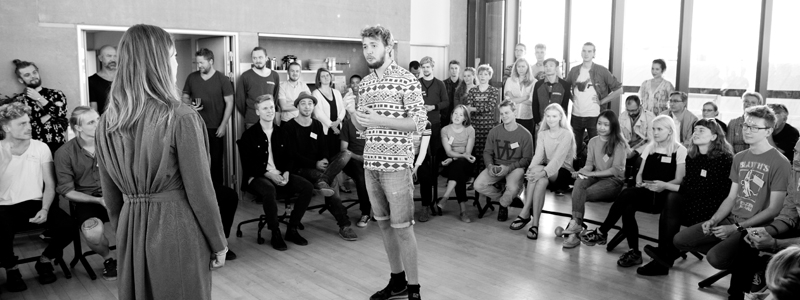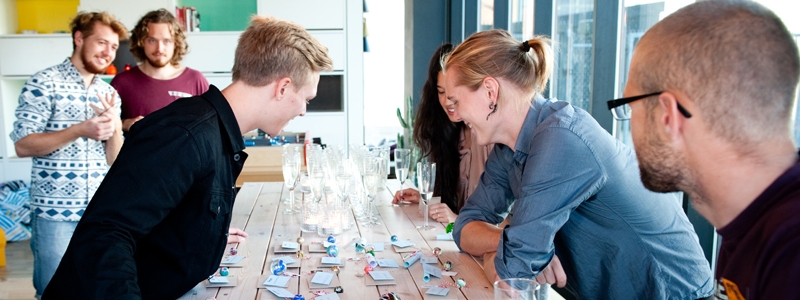Problem: Traditional education does not usually see the individual or the community, but rather focuses on knowledge. The emphasis is often on teaching and not on learning. The classic vision of the student as an empty cup to be filled is often used. Instead, the student should be seen as a full cup with a lot to offer the school. Kaospilot is an institution that seeks to see the complete human being, including their strengths, weaknesses, dreams and backgrounds. To do this, it seeks to continuously discover what motivates people to learn, create and lead. It does this by providing an environment that helps students to respect their values and follow their dreams in a chaotic world that needs to be transformed. The Creative Business School was founded in 1991 by Uffe Elbaek in Denmark’s second largest city Aarhus.

Solutions: Kaospilot is an international school of entrepreneurship, creativity and social innovation. It proposes a training period of three years, during which time the students, most of whom are 24 years old, become professional protagonists of their own learning. Case studies are completely replaced by real projects with real clients. The curriculum comes to life through these projects and the student’s personal reflections on the practices involved.
The training involved in the main course (Enterprising Leadership) is conducted in three stages: the creation and management of creative projects; the creation and leadership of creative processes; the design and creation of new businesses. The participants spend some of their time in lectures, classes and practical workshops, which involve the participation of a wide variety of professionals, including consultants, entrepreneurs, artists, academics and activists. At other times, they develop individual or group projects.
The school does not have a faculty in the classic sense. Instead, it uses external teachers who are invited to contribute to the learning of the group for different periods. The most challenging role at Kaospilot is that of the team leader, who translates the school curriculum into modules, practical activities, clients and projects. The school also has a number of coaches who provide individual support and mentoring assistance for the students. The organization is horizontal, with constant interaction between the staff and students. Students may even approach the director with any question, regardless of the issue.
During their training, students experience a great personal development. The objective is that when they complete the three years of the course, they will know who they are and how they can use their skills in the best possible way to make a positive contribution to the world. To help achieve this, they spend four months working somewhere outside Scandinavia during the second year of the course.
One ex-student of the School, Robert Senftleben, created a project in his final year in Kaospilot that proposed to turn deserts into green areas. With a group of colleagues, he developed organic methods of fertilizing the soil in a desert region of Jordan, enabling the locals to use the land for agriculture. The objective of this project was to enable people who live in this type of region to acquire techniques that allow them to live off their land, thereby reducing forced emigration.
The school provides consultancy services for companies interested in innovations for their business, while also promoting art and artists through shows and exhibitions. It also opens its doors for social events, such as parties and meetings.

Outcomes: One third of the schools graduates set up their own business, NGO or project. Almost half of former-students (a total of 18 classes up to 2014) have attained a management position in some type of industry. Examples of the type of projects created by these students include: a free umbrella distribution system; a skateboard school for girls; ecological agriculture on an island; the sale of water in boxes to combat the unsustainable use of large companies that sell water in plastic bottles. The publication BusinessWeek recognized this institution as one of the world’s best design schools.






